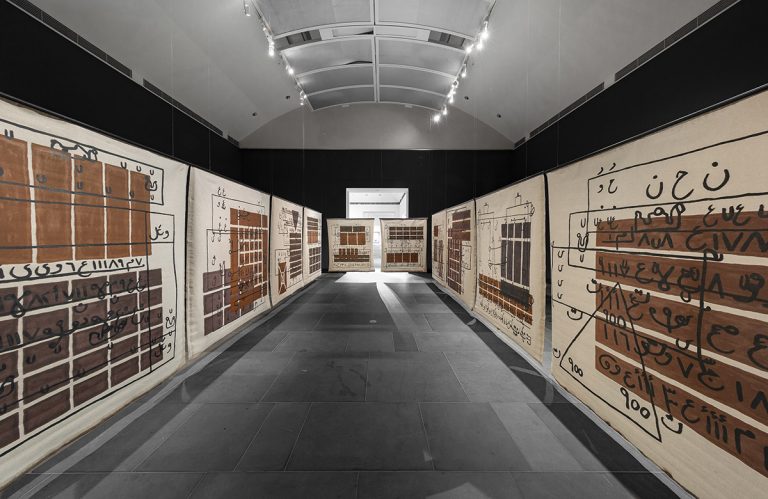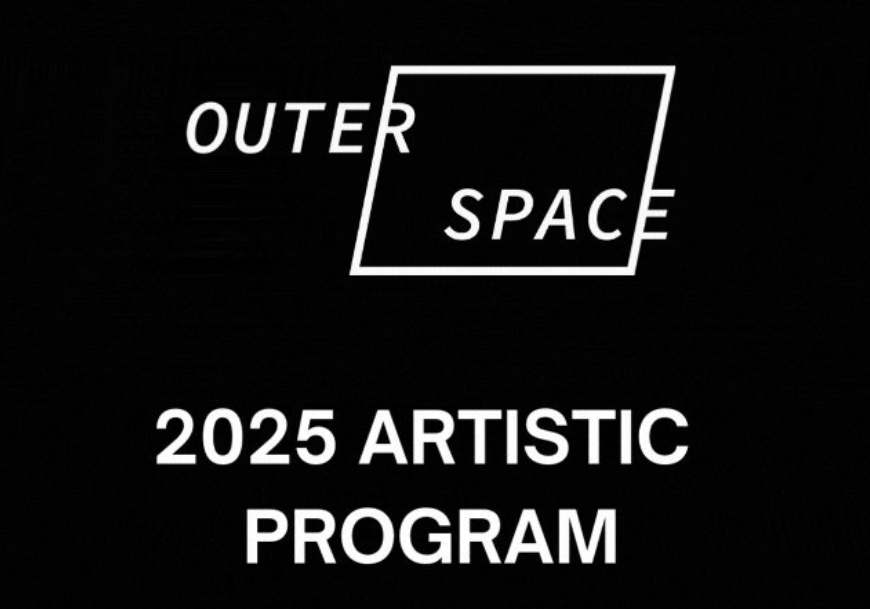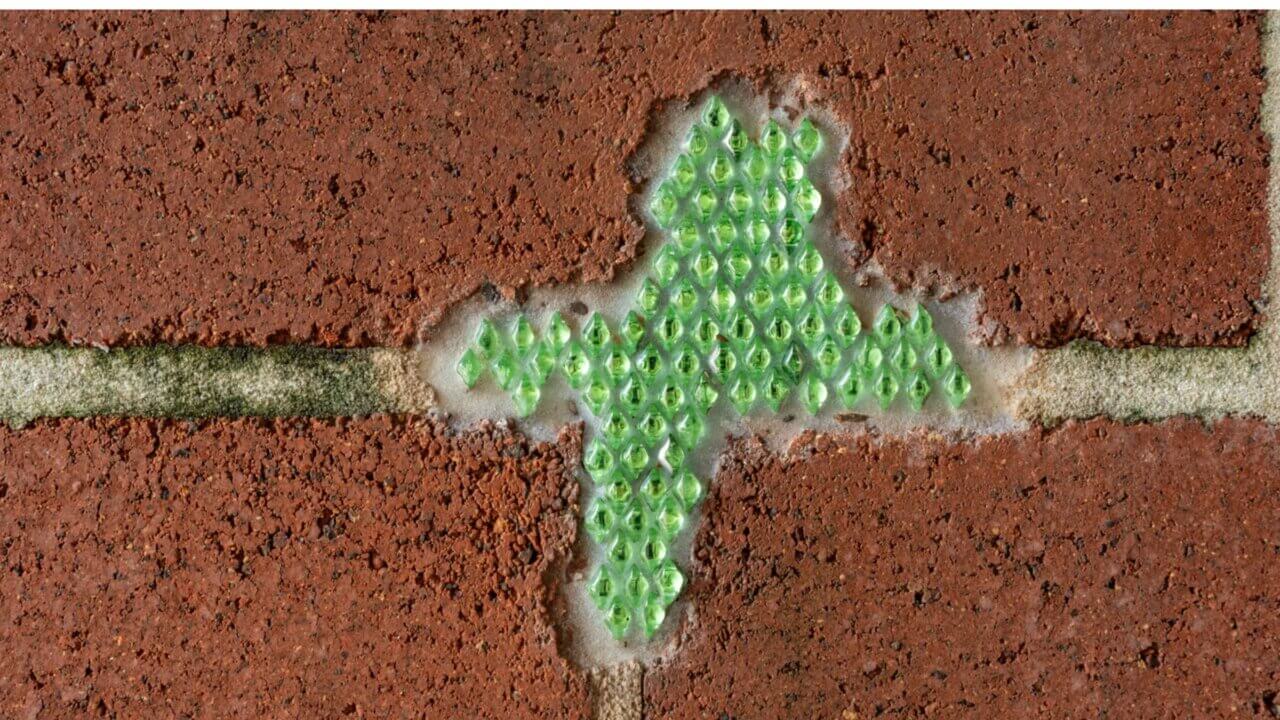
Hello Possums!
Caitlyn “Caity” Reynolds has made some art for you and asked me to write some words to go with it if that’s the kind of thing you’re into. Maybe you’re looking at the art right now, oo-ing and ah-ing away happily, and then you walk out away in search of beer and sex, and here I am, I’m a piece of paper now, sitting here happily, waiting. WATCHING you leave! Come back! I am a lonely piece of paper! Pick me up, get your hand sweats on me, put me in your jeans!
Golly knows why Caity got me, a human boy with a paper fetish to write a thing for her. Maybe she knew it was to be printed on paper, and I could imagine being the paper whooshing through the printer as it left little inky kisses on me. I am not so lonely in the bosom of the printer! Caity is kind that way. She’s a very thoughtful person. I like her very much. A great deal. And you are getting a great deal by attending such a personages exhibition in the flesh. Make an effort to consider what the artist was considering when she made these wacky contraptions. What was she thinking about? What does it make you think about? And feelings too. Yuck, I hate feelings. But how I love them as well.
I’d say Caity made some art so she could get me to write on the paper that I love and make me happy. The art is a wonderful vehicle for my continued happiness as a loving and gregarious piece of paper that wants to be with you up in your hands and up in your eyes and up into your brain. Another reason is because Caity believes in art as a way of communicating ideas right to you, to make you happy and thoughtful and a bit sad as well. Caity is such a hardworking artist, and if she gets any smarter aliens will come and take her away to study her, or perhaps make her a guru. Smart is only half of it. Caity’s work, dealing in failure, seeing the humour in failure, is really as much about compassion, empathy, about seeing many failures in this odd and violent world as markers of humanity and reality – how we prove we aren’t zombies or robots, or liberal voters. The expectations we fail to meet are expectations that we often deep down want to fail to meet. These favoured and favourite failures tell us what we value and what we don’t, what we would like to change in the whole world maybe.
When Caity moved in to our house to live, I wasn’t coming out of my room much at all ever. When I’m depressed, when I think I’ve failed, I revert to my agoraphobic cave-self. My cave-place is where I cannot fail at anything. After months of not failing at anything, months of cave, I came to a complete emptiness of self. Big ol’ FAIL. I couldn’t speak much to anyone. Caity only knew I liked her a bit because I put up some of her paintings on the walls. That was my small communication. I liked her art. It made me a bit happier, having it there, having her do good things like that that were in the same world as me, and to see that this person, through art, had a view onto the differences and failures in each of us that makes us us, and seeing that that is okay, that that is good. Also she loves her cat, and I get to pat him and cuddle him every day which is great.
I started talking a bit more. And Caity is great to talk to. We also play Scrabble. She mostly wins. One time we played scrabble Caity played JARL. JARL?! Of course the incident is now known as “Jarlgate”. A Jarl is a Nordic chief. Caity is a Scrabble chief, a chief of wit, and art. Above all she’s a benevolent and often wise one. Her humour is her greatest wisdom.
People look up to her, not only because she’s probably the smartest chief in the room, she’s really funny too. There’s a lot of funny in the world and we need twice that amount, plus some. We need all different kinds of the stuff. I contend that more humour is exactly what we need to grapple with the big ideas that are looming and booming around the world. Humour is a critical and analytical tool that can give us the perspective we need, and also the joy we need, to make more good things from a place of generosity, rather than from a place of fear. Humour makes things easier to understand you der-brain.
Caity’s done some paintings that have very particular types of funny all in them. Caity is 1stclass honourably funny. Now she’s doing a PHD on failure, humour, absurdity, everyday life. She’s writing the book. (It could be more complicated than that! (I understand Jean-Paul Sartre is involved (Jean-Paul people! (Camus too?))) Whole paragraphs are written about Seinfeld and The Simpsons too, and the internet, and memes, and it’s brilliant. An ethnographic study of how smart people, our millennial smart clever and educated people deal with all the things.
Often our intellectual types of funny can be bitter and sardonic; a bit sarky. That’s okay for a bit, sure it is. What marks Caity’s work is its generosity and its personality. It is personal, for her, and for those it resonates with. Caity exposes herself to us, and invites us to share in a feeling. And not just in a group hug, awe and wonder, joy to the world, kind of way. Caity’s work is so self-deprecating that it hurts a bit. Can she really think that badly of herself? Sure, we all do. Spending time with these hurty thoughts can be something we don’t enjoy doing for any length of time. I reckon that’s a shame. Making self-doubt into brilliant, and witty, and wordy art, is a worthwhile practice everyone should try. We can tend to deny our feelings and twisty thoughts, because they don’t fit a narrative that we think is palatable.
We all have our inside thoughts whirling around in a fever. Caity is doing a lot to rip that fevery twistee out into the air and wave it around to cool it down a bit, wave it in front of other people and say hello fellow human! That yellowy powdery stuff on the art twistee is laughing dust and its tasty and nutritious for you. I think it’s all a bit inspirational really. And motivational too. Such personal exposures motivate us to expose ourselves to other people in real ways, and do it with a sense of play and with a sense of safety. It’s good to know someone else is flailing and failing away at the world, and cares about whether they’re seeing things in a light of their own choosing. Private spaces for public crying is a thing that is good and you might like it too, you der-brain.
Essay by Lachlan Groves
From the exhibition by Caity Reynolds: Private Places for Public Crying.









